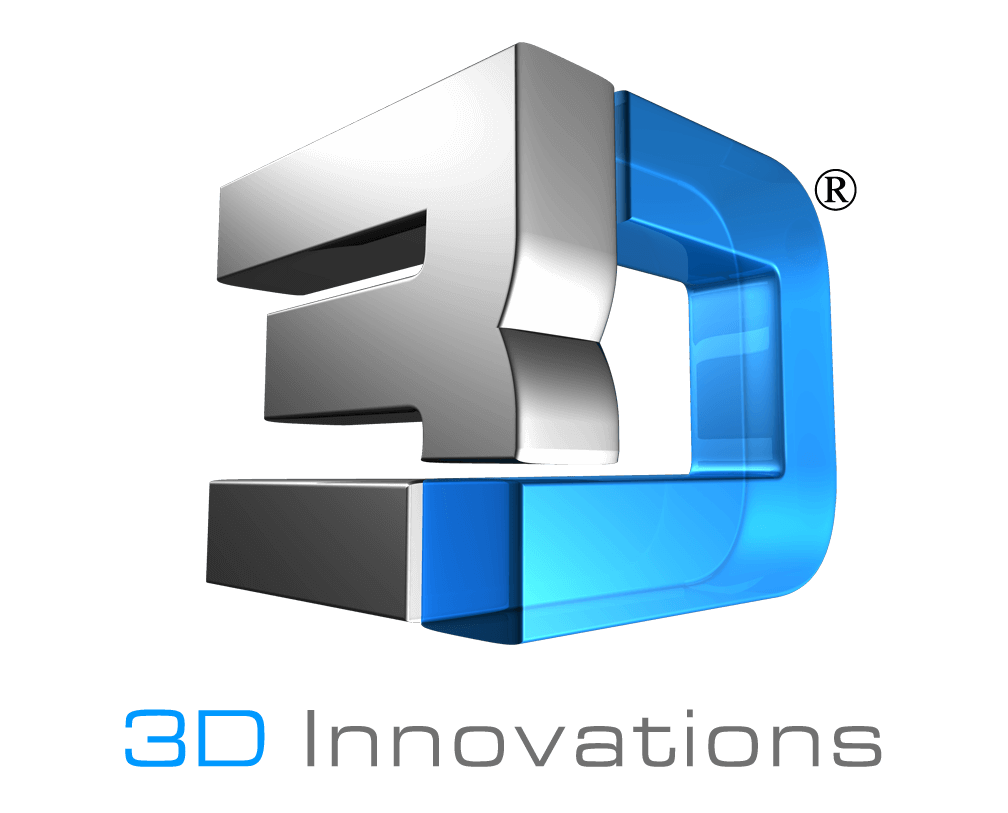 Intellectual property (IP) protection is an important consideration for any startup, and possibly even more so for hardware startups. Technology and globalization have made it even easier for companies to copy a product or steal an idea altogether.
Intellectual property (IP) protection is an important consideration for any startup, and possibly even more so for hardware startups. Technology and globalization have made it even easier for companies to copy a product or steal an idea altogether.
Patents are a way to not only protect an idea, but to also minimize competition and act as a defense mechanism against infringement claims from others. Having a strong intellectual property strategy or having the patent process started, is a great way to attract or solidify partnerships and funding.
Below are four considerations for your startup’s intellectual property strategy.
File Early-On
Patent rules are strict and adhere to a tight timeline, so it is best to file for patent protection early-on in the development cycle. A provisional patent application is a good “first step” for hardware startups. A provisional application provides the means to establish an early effective filing date in a later filed nonprovisional patent application. It also allows the term “Patent Pending” to be applied in connection with the description of the invention.
It is important to note that a “provisional application for patent has a pendency lasting 12 months from the date the provisional application is filed. The 12-month pendency period cannot be extended. Therefore, an applicant who files a provisional application must file a corresponding nonprovisional application for patent (nonprovisional application) during the 12-month pendency period of the provisional application in order to benefit from the earlier filing of the provisional application (United States Patent and Trademark Office -USPTO).” Once you file a provisional application the countdown clock starts ticking and your next move must be decided within the 12-month period.
In this early period, it is also best to keep quiet about your invention. You want to avoid publicizing your invention. This does not mean that you cannot meet with potential partners or product development firms, but instead that you don’t want to share your idea online or start a crowdfunding campaign just yet.
File as the Invention Evolves
Many times the invention that you first envisioned, completely transforms during the product development process. This means that your initial patent or patent application may not cover new features that have been added on. This will leave your final product under-protected or not protected at all.
If the product is evolving quickly, consider filing a provisional patent application or a series of provisional patent applications within a year before filing a utility patent application.
Consider a Design Patent
While utility patents make up 90% of patents issued, design patents have been steadily on the rise because inventors are realizing that the exterior design and overall aesthetics of the invention can easily be replicated as well. Protecting both the design and functionality of an invention is necessary for long-term success.
According to the United States Patent and Trademark Office (USPTO), “design patents may be granted to anyone who invents a new, original, and ornamental design for an article of manufacture”. In short, this means that design patents cover exactly what is shown in the drawings, nothing more.
Like a utility patent, a design patent also lets you use the phrases patent pending and patent issued on all business-related material. Once you have been granted a design patent, you are then able to secure rights for the next fourteen years. Another important thing to keep in mind is that design patents are relatively cheap to file and maintain, as compared to a utility patent.
A design patent, coupled with a utility patent, offers a range of IP protection on both the inner workings and exterior design of your product.
Consider Other Brand Protections
Patent protection is only one part of your IP strategy. A registered trademark will help protect your brand as well. A trademark is a word, phrase, symbol or design that identifies and distinguishes the source of the goods of one party from another—think along the lines of logo and tagline. A recognizable trademark can be extremely valuable for distinguishing your business from the competition.
Depending on the exact nature of your startup, a licensing agreement, copyright and/or trade secret protection could also be considered during your intellectual property planning and overall strategy. Speaking to a Patent Attorney early-on will let you discuss your options, weigh the benefits and build a custom strategy for your startup.
_______
3D Innovations is a Product Development Company – from the 3D Design to a fully functional 3D Prototype & Product.
Subscribe to the 3D Innovations newsletter on our Facebook page!

